One of the questions I get asked a lot is, “What do you spend your marketing budget on?”
It’s kind of a boring question, right?
Who wants to talk about marketing budgets when we could be talking about exciting stuff like chatbots or growth hacks?
As it turns out, how you spend your marketing budget is actually pretty important.
It’s like taxes. It’s not fun to discuss, but you absolutely need to. And it can make all the difference.
And just like you can lose tons of money if you don’t pay attention to your taxes, you can bleed money if you’re spending your marketing budget in all the wrong places.
I’ve talked with hundreds of marketers who use too much software or spend tons of money buying fake social media followers.
They don’t make nearly as much money as they could because they’re throwing it away on useless stuff.
Take it from me. I’ve wasted millions of dollars over the course of my career.
Now, I’m good with budgeting, but I had to learn the hard way.
Let me give you some insight into how marketing experts are spending. Hopefully, this information will help you budget better and prevent you from flushing money down the toilet.
1. Informative blog posts
You know the saying “content is king,” right?
I think that in many ways, that’s still true.
Think about it — why are you reading this article right now?
Because it’s helpful content.
Content marketing is becoming more and more important as the years go on.
And the most effective kind of content is arguably the blog post.
I love blog posts because they give me the ability to provide a ton of information all in one place.
I can go super deep into complex topics and cover a lot of ground. Not a lot of other types of content can do that.
I’ve built my career on content, so I’m not afraid to spend serious money on it.
You might have seen one of my Quick Sprout guides like this one on content marketing:
When it’s all said and done, I spend around $30,000 for just one of these guides.
I spend tens of thousands of dollars in content every single year.
Why? Because it’s the foundation of my brand.
When people think “Neil Patel,” they think super in-depth content like the article you’re reading right now.
If you’re not a great writer, don’t worry. You can easily learn how to write an awesome blog post or outsource the work to writers.
No matter what, you should set aside a good chunk of your budget for content.
To give you a rough idea of what most marketers are doing, check out this graph.
Even though 32% is the average, you don’t have to spend that much right off the bat.
But you should know how much you’re spending on content, and you need to budget for your entire content strategy.
Which brings me to the second way experts spend their money…
2. Content marketing tools
Publishing great blog posts isn’t enough. Your entire content strategy needs to be seamless.
There’s a lot of behind the scenes work that goes on for any sort of content, whether it’s text, video, or an image.
I’m guessing you probably already have a content marketing strategy of some sort.
Let me ask you something: How organized is it?
Do you have a repeatable, step-by-step process that you can follow over and over again, or do you just kind of wing it every time based on some loose guidelines?
If you’re doing the latter, you’re wasting your time.
To make your strategy work the best, you need to be using the right tools.
When we talk about content marketing tools, we’re almost always talking about software.
An example is a content management system (or CMS). A CMS is a tool you use to enhance your content marketing.
WordPress is a popular example.
There are thousands of content marketing tools out there, and the price range varies wildly.
So it’s really not about a specific dollar amount. Rather, it’s about how much of your budget you spend.
The Content Marketing Institute found that most content marketers break down their budget like this:
If you have a separate content marketing budget, it’ll be easier to gauge the exact amounts you’ll want to spend.
Keep in mind that these numbers are flexible. You don’t have to spend exactly 50% of your content marketing budget on content creation.
Use these numbers as guidelines to help you figure out what you should spend.
It should also make sense with your content strategy. For example, if you rely heavily on social media, you might want to spend more on content distribution and less on promotion.
3. Backlink tools
I was going to write a section on SEO tools, but I realized that “SEO tools” is a huge category.
So I want to focus specifically on tools that focus on backlinks and help you improve your link profile.
Backlinks are the currency of SEO.
They help you rank and grow your site.
Don’t get me wrong––there are lots of free backlink tools that are fantastic, like Moz’s Open Site Explorer.
But if you’re serious about building your links, you need to invest a little.
There are a couple of backlink tools that I will always recommend.
The first is Ahrefs.
As you can tell by this testimonial, I’m a pretty big fan of Ahrefs.
I’ve used a lot of free backlink tools, and most of the just don’t do the job well enough. When I found Ahrefs, it was a breath of fresh air.
Ahrefs is constantly updating their keyword data, and they have a massive index of 12 trillion links.
I think the best thing about Ahrefs is that you can do so much with it. The feature set is really impressive.
You can see what your competitors are doing, track your search engine rankings, conduct an audit of your link profile, and much more.
I check Ahrefs regularly to see how my site is doing and find ways I can improve.
You can get a 14-day free trial by going to Ahrefs.com and clicking the orange “Start your free trial” button in the middle of the page.
Enter all your information and click “Continue.”
And boom, you have a free trial for 2 weeks!
Majestic SEO is another super popular tool that many top marketers use.
This tool gives you an amazing amount of information right at your fingertips.
I recommend starting by grabbing a free trial. Go to Majestic.com and click the little green button at the top of the page.
Then fill out your information and click “Sign up.”
Once you have a free account, you can start by just entering your URL into the search bar. Instantly you get a bunch of data:
For example, you can check out a Backlink History chart to see how you’re doing.
There’s a lot of good data available for free, but the paid plan unlocks some awesome features.
You can access the Historic Index (which has five years’ worth of links), check your trust flow, and see the number of referring domains reviewed every day.
Those are just a couple of backlink tools you could use. The most important thing is that you set aside part of your budget to spend on these types of tools.
Your link profile is crucial, so don’t neglect it.
4. Social media planning and distribution
I don’t need to tell you that social media is important for any business.
I think most businesses know this, but a lot of them don’t spend any money on social media.
If you have a social media strategy, why not take it to the next level?
There are a few tools that almost every marketer uses to manage their social media accounts.
The first one is Buffer. I bet you’ve heard of it before.
Basically, it allows you to schedule your social media posts ahead of time.
You can connect several accounts and automate posting for all of them. That’s what I do, and I love it.
You can grab a free trial by clicking “Sign up for free” on the homepage.
Then complete the signup process to get the free trial.
Since the free version is limited, I do recommend considering the paid versions.
They have several pricing points, so whether your business is just you or a team of 100, you can find a Buffer plan that works for you.
Another really popular social media tool is Hootsuite.
Hootsuite does a lot all in one convenient platform. You can do everything from content curation to contest creation and more.
I like that you can easily check your social media analytics. You can also track topics that are currently trending to make sure you stay in the loop.
One more tool to consider is Edgar.
Edgar is a unique tool that allows you to recycle your social media posts. Basically, it regularly reshares older content for you.
You might not need all of these tools, but most of the social media marketers I know use these and love them.
5. Copy revision
Think of the 5 most effective businesses you know.
Now go to their websites.
Pay extra attention to the copy on these pages. I don’t usually bet, but I’d guess that all of these businesses have websites with awesome copy.
If your users aren’t connecting with your copy, they’re not going to invest in your product or service.
Your copy should be downright amazing. If it isn’t, you might want to put some money into improving it.
You’ll want to hire a good copywriter who listens to your needs and tailors the writing to your target audience.
6. Ad retargeting
If you’re not using retargeting (or remarketing – they’re the same thing) with your ads, you’re losing customers and thus losing money.
If someone sees your ad just once, they may or may not buy your product. More often than not, they don’t buy. About 1-3 out of every 100 people will buy.
The more someone sees your ad, the more buyers you’ll have.
That’s the power of retargeting.
It’s a simple technique, but it can get you way more customers, and you don’t have to do a lot of extra work.
It’s good to have a specific budget for retargeting. In fact, when you set your ad budget, you should plan some extra just for retargeting.
7. Email marketing
Many marketers think that email marketing is the most important type of marketing.
That’s why people will often say “the money is in the list.”
And it really is. While an email list won’t turn your business into a giant success overnight, it will give you a way to stay in touch with your audience and connect with them.
So it’s a no-brainer to spend some of your budget on email marketing tools.
The problem is that there are thousands of options out there. What do you go with?
There are no email tools that are always right for everyone, but I’ll share a few that most people use.
GetResponse is a big one.
I love how easy to use it is.
By far, my favorite feature is the calendar. You can drag and drop emails to schedule them on specific days.
I don’t like complicated software, and GetResponse keeps it simple. But it also doesn’t skimp on functionality.
If I were to pick just one ESP, it’d be GetResponse.
You can get a one month free trial by signing up on the homepage. Just go to the bar at the top:
Another email service I have to recommend is Hello Bar.
I know it might seem like this is self-promotion, but the reason I recommend Hello Bar is because I’ve gotten amazing results from it.
The Hello Bar is a simple bar that sits on the top of a page and asks for emails.
It’s tiny and doesn’t beg for attention, but it’s awesome at what it does.
I used a Hello Bar on Quicksprout, and it generated 11% of all of my leads.
If you want to take your email marketing to the next level, look into getting a Hello Bar of your own. It’s worked well for me, and I know it’ll do the same for you.
8. User experience improvement
Your marketing is all about your users.
You know that, but do you act on it? Are your marketing efforts reflective of what your users want?
I think most businesses can improve their user experience, and there are some excellent tools that can help you out.
I like Optimizely a lot.
You can A/B test features, create product recommendations, and personalize your user experience.
If you like the features, you can get a free trial by going to Optimizely.com and clicking “Try it free.” Just fill out your info and you can take Optimizely for a spin.
You might also like Crazy Egg.
I built this tool to help businesses find the weak spots on their websites.
The way Crazy Egg does this is by showing you handy heatmaps of where your visitors click and how they read your content.
You can get a free trial by going to CrazyEgg.com and entering your site URL into the box.
You’ll get 30 days of Crazy Egg for free.
I wanted to keep it affordable, so the plans start at just $9/mo. I think you’ll like what it can do for you.
9. Task automation
Marketing became a lot less stressful for me when I started doing less.
And I don’t mean that I eliminated some tasks. I just automated them.
More and more businesses are automating simple marketing tasks, and it’s easy to see why. You don’t have to spend hours doing these things yourself.
Zapier is really popular for automation. It allows you to automate tasks within apps that you use. Google Drive, Trello, and MailChimp are just a few of the apps you can use with Zapier.
IFTTT is another option that a lot of people use.
IFTTT stands for “if this, then that” and lets you automate tasks based on that structure.
There’s a lot of integration possible:
It’s not as complex as Zapier, so if you need super simple automation, check out IFTTT.
10. Paid ads
Paid ads aren’t going away anytime soon.
While you shouldn’t dump your entire marketing budget into ads, you should definitely spend a little.
There are tons of ad channels to choose from, but I’m partial to Facebook ads.
They offer a pretty good ROI and allow you to reach a wide audience.
That said, there are several places you could spend your ad budget on. Google AdWords, Instagram, Twitter––the list goes on and on.
As a rule of thumb, it’s best to advertise using the platform that will reach your users where they are. So if most of your audience hangs out on Instagram, run ads on Instagram.
But all of these platforms can benefit you if you use them right.
That’s why I think it’s more important to spend your ad budget wisely.
Essentially, you need to make sure that the cost to acquire your customer (CAC) doesn’t rise above the customer’s lifetime value (LTV).
You can calculate these values and learn more here.
Conclusion
Each year, marketers throw away billions of dollars in wasted marketing efforts.
It’s easy to mess up. You might buy unnecessary software or too much software. Or maybe you put all your ad money into Twitter ads and it just doesn’t work.
On top of that, there are lots of products and services that were created to take your money without providing you with a lot of value.
I’ve seen too many marketers throw away money, and I’ve done it too often.
So I wanted to show you how experts spend their budgets to give you a better idea of what works.
I’m not saying you have to go out today and sign up for all of these services. In fact, not all of these services may be right for your business. That’s up to you to decide.
But you should consider how you’re spending your marketing dollars and see if you need to spend differently.
Your marketing budget is important, and you shouldn’t spend it without putting a lot of careful thought into what you’re spending it on.
Take it from me. I didn’t analyze my marketing budget for a long time, and it hurt me.
Now, I have a handle on it, and I’m spending wisely. I’ve identified which tools will benefit me and my business, and I invest in those.
So if you haven’t taken a close look at your marketing budget, make that a priority. You’ll be glad you did.
How are you spending your marketing budget? Are you going to spend it differently from now on?

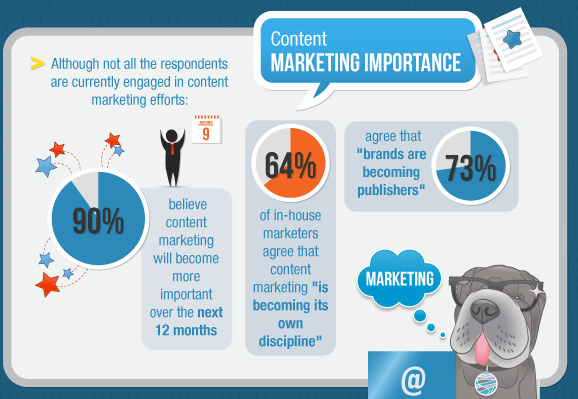
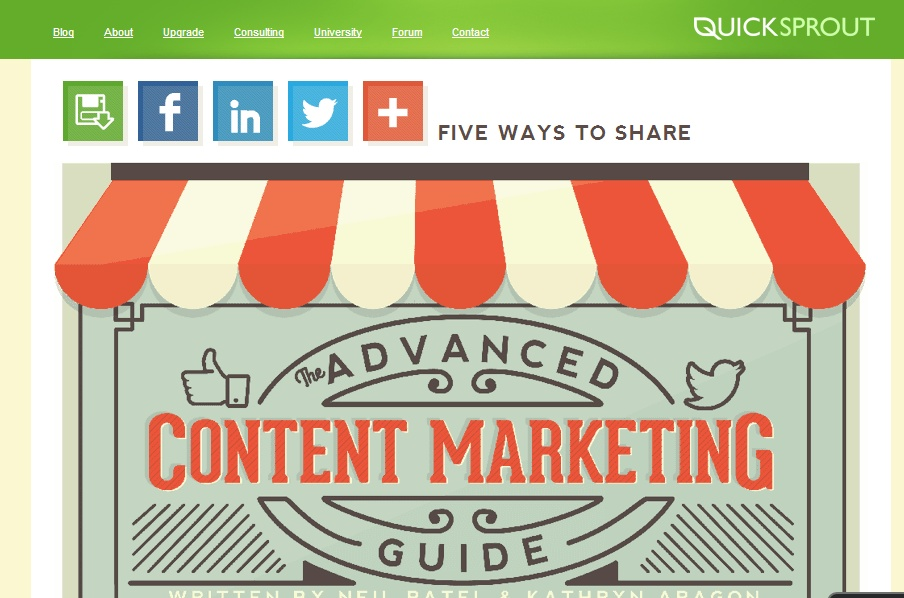
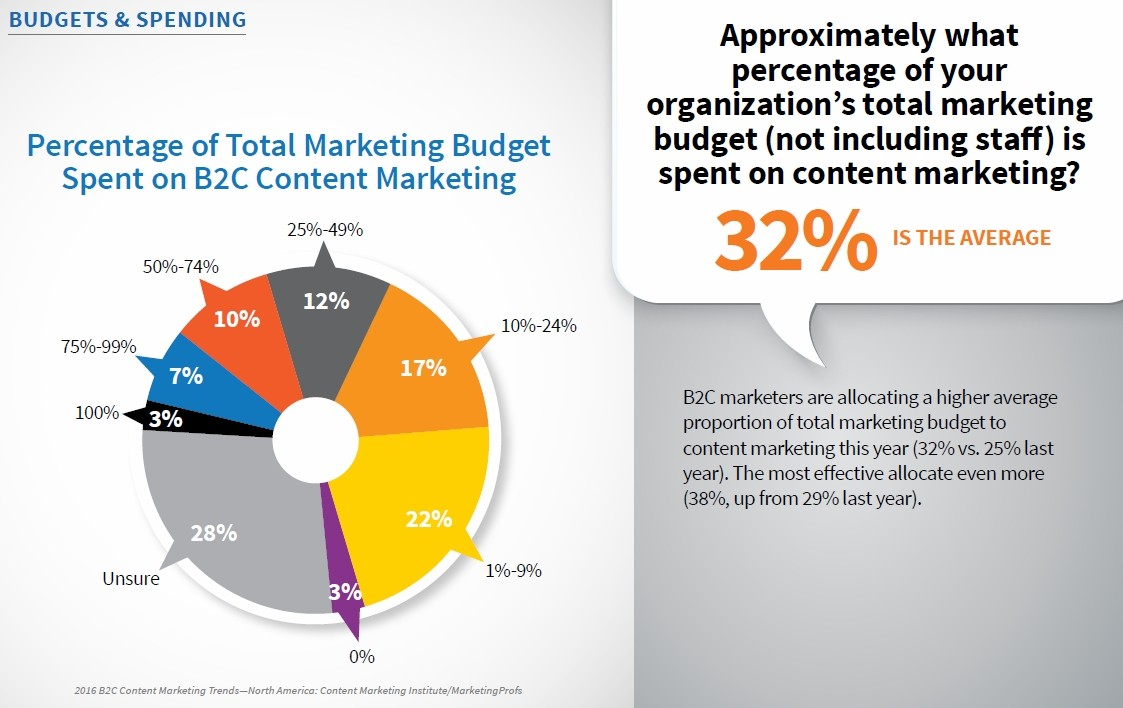
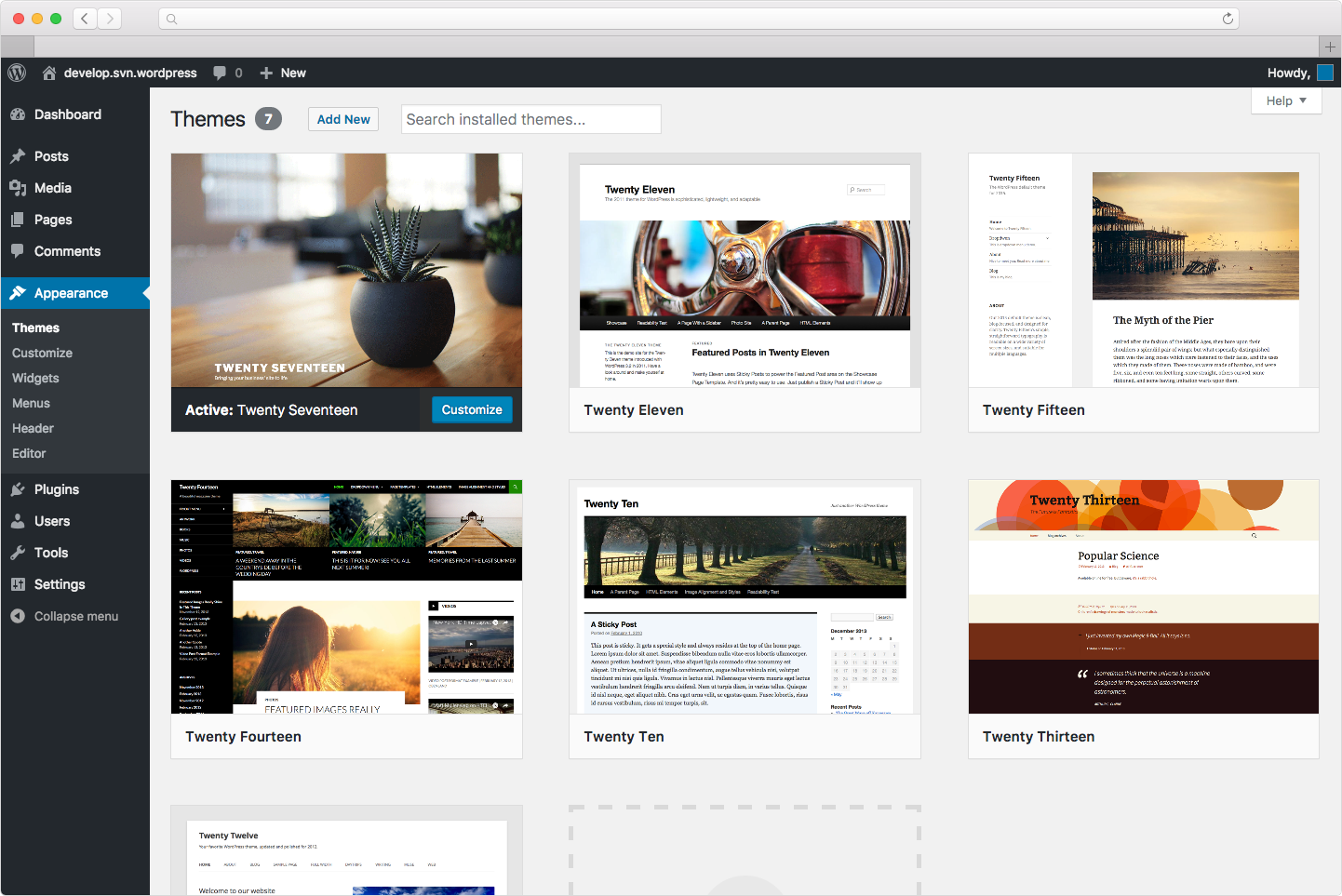
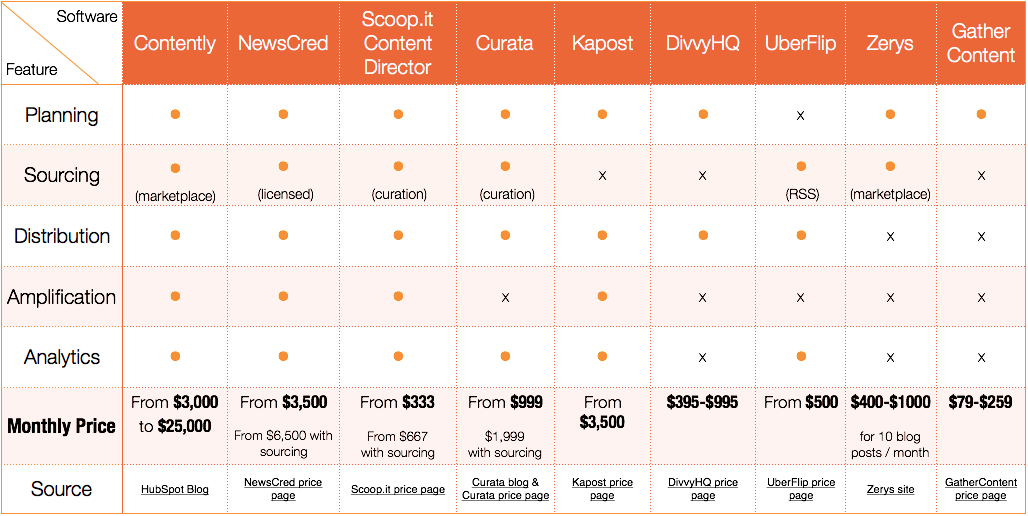
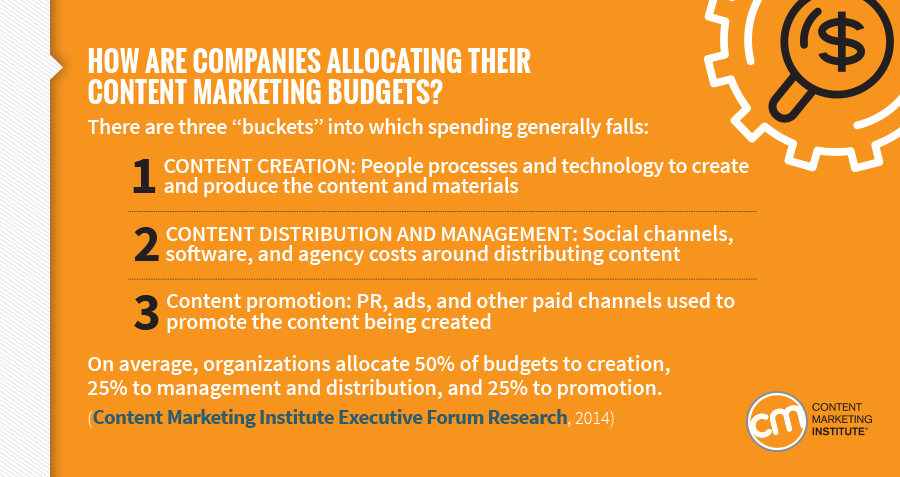
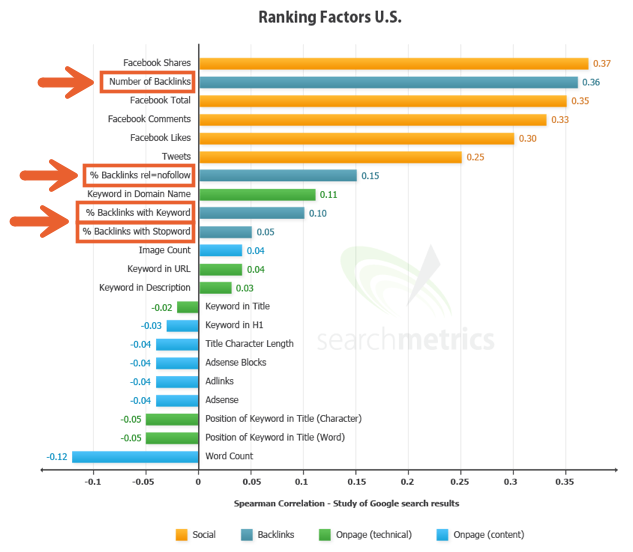
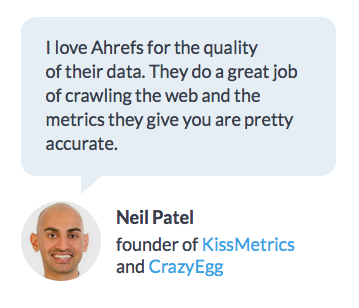
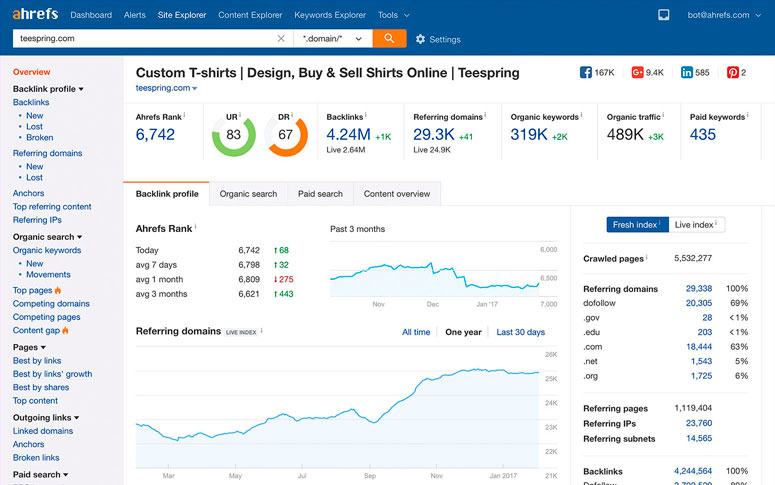
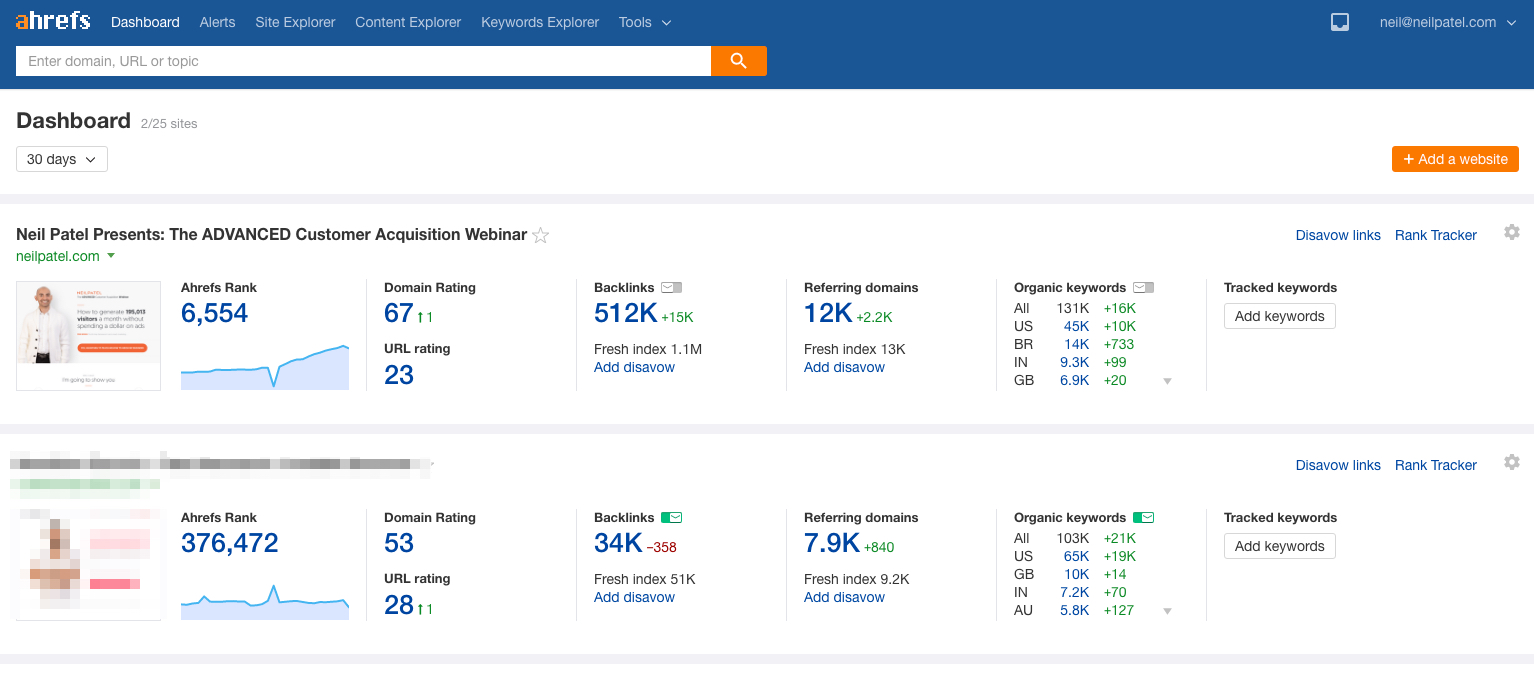

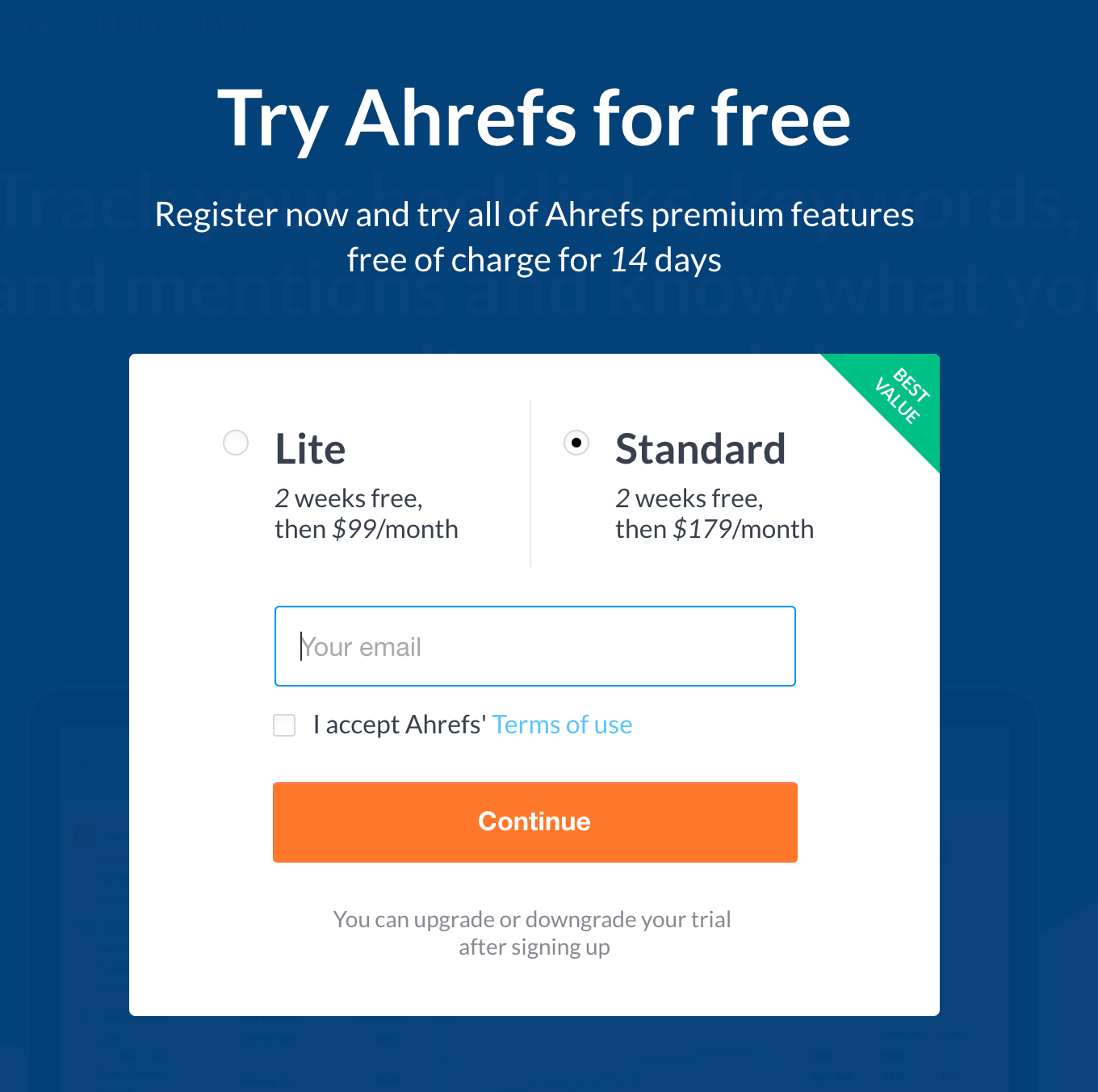

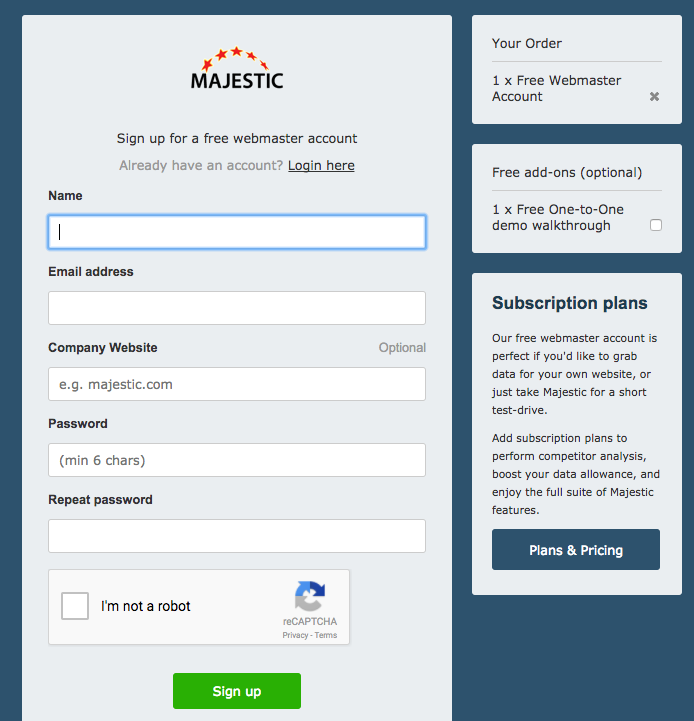
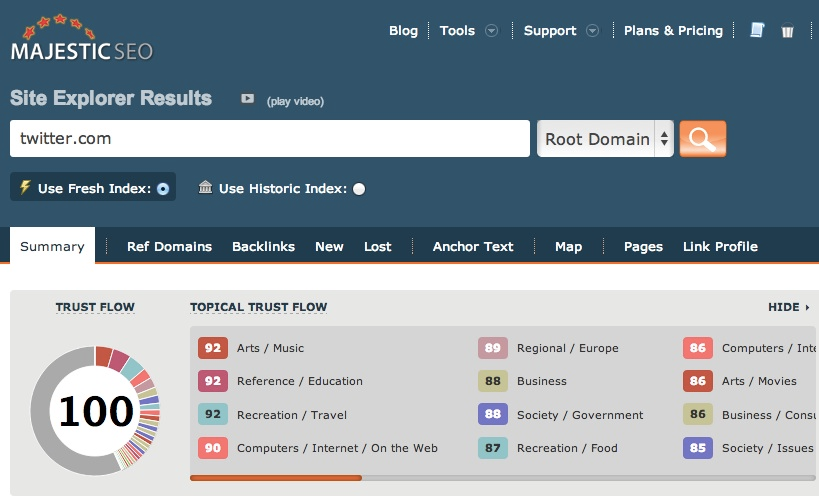
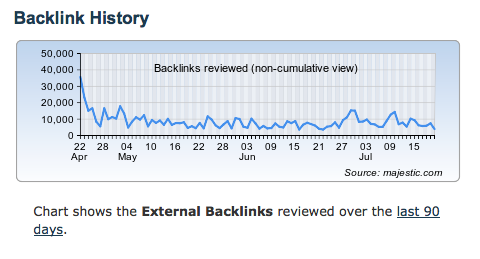
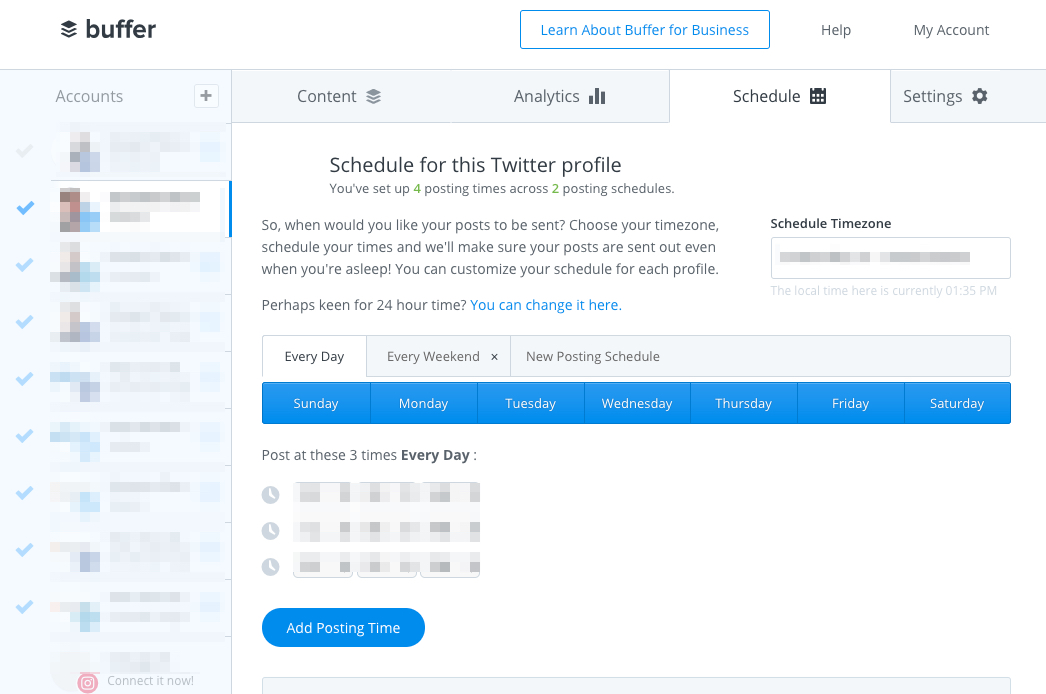
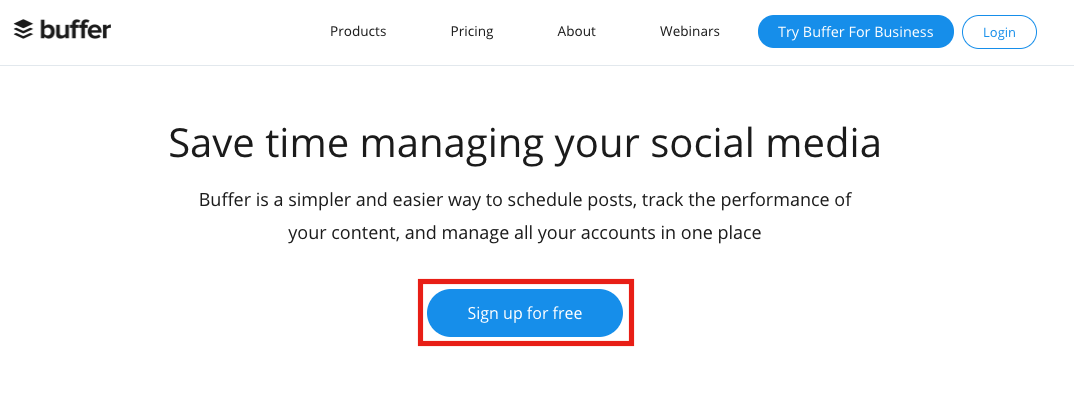
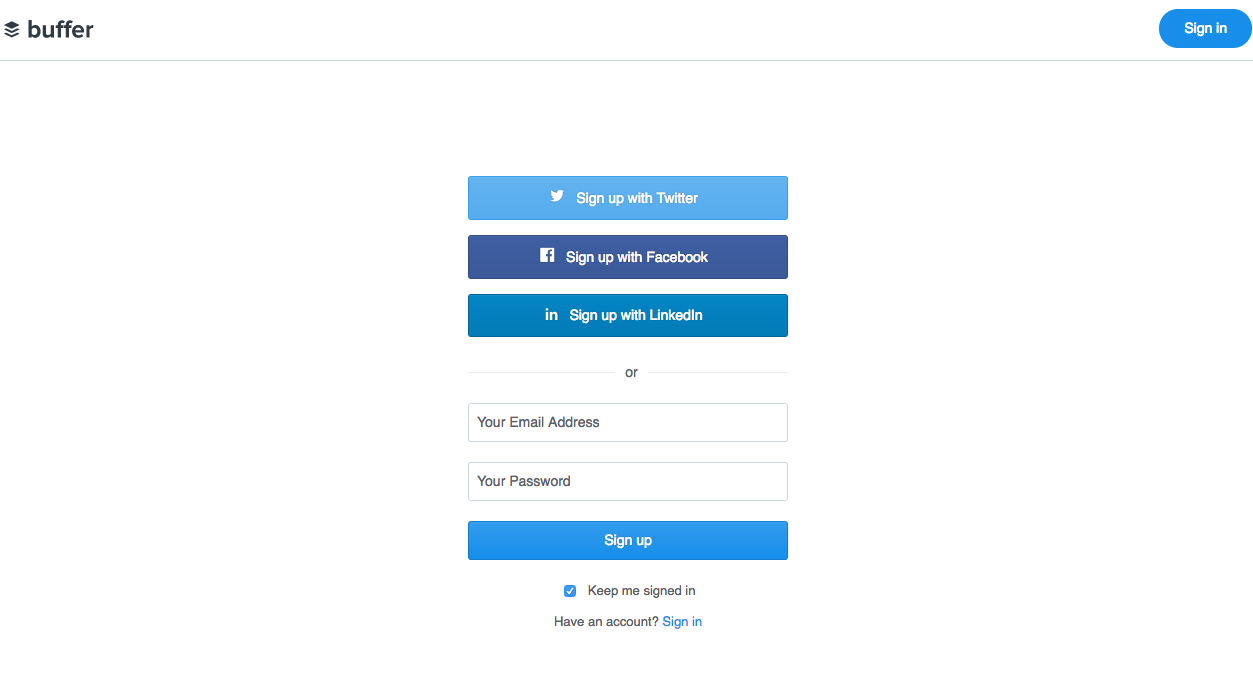
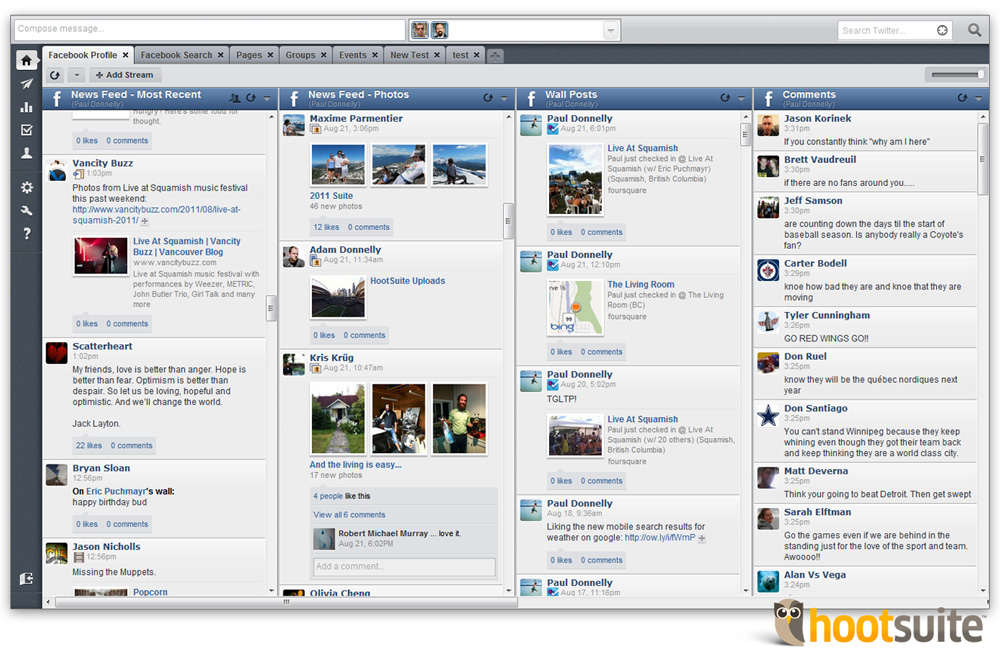
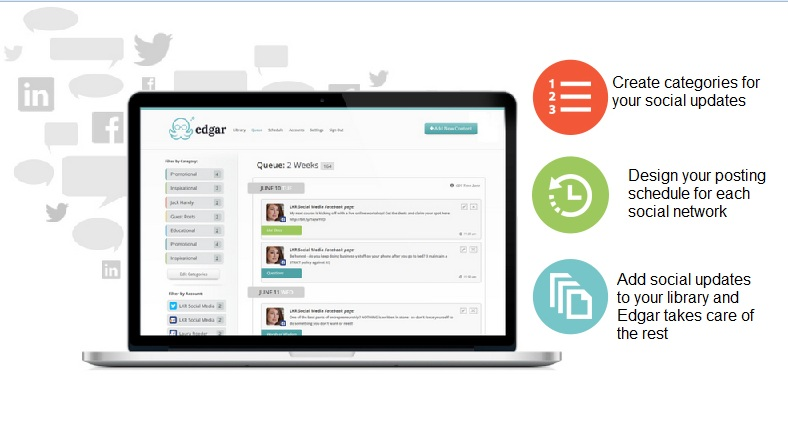
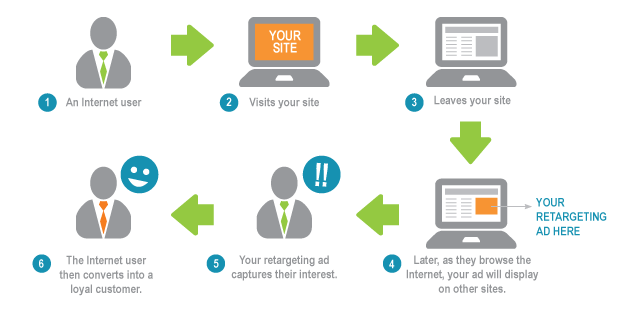
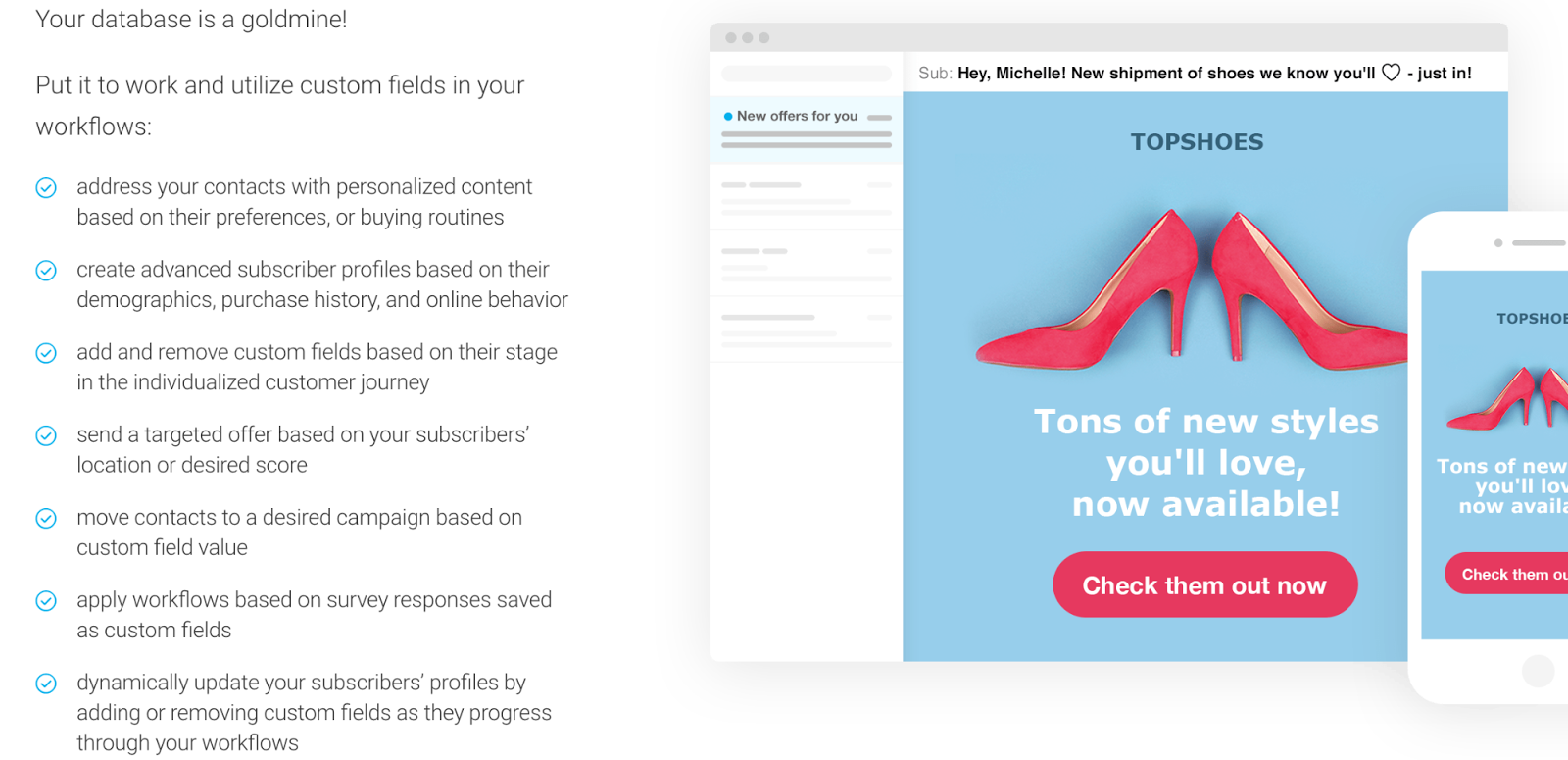
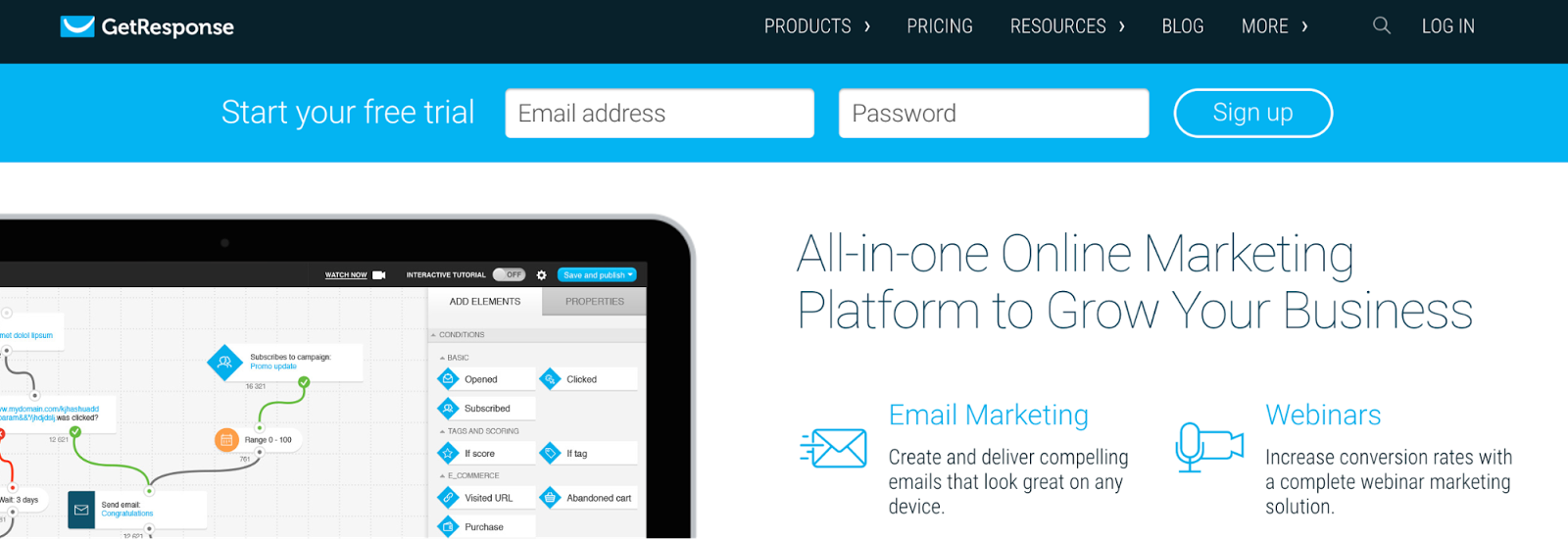

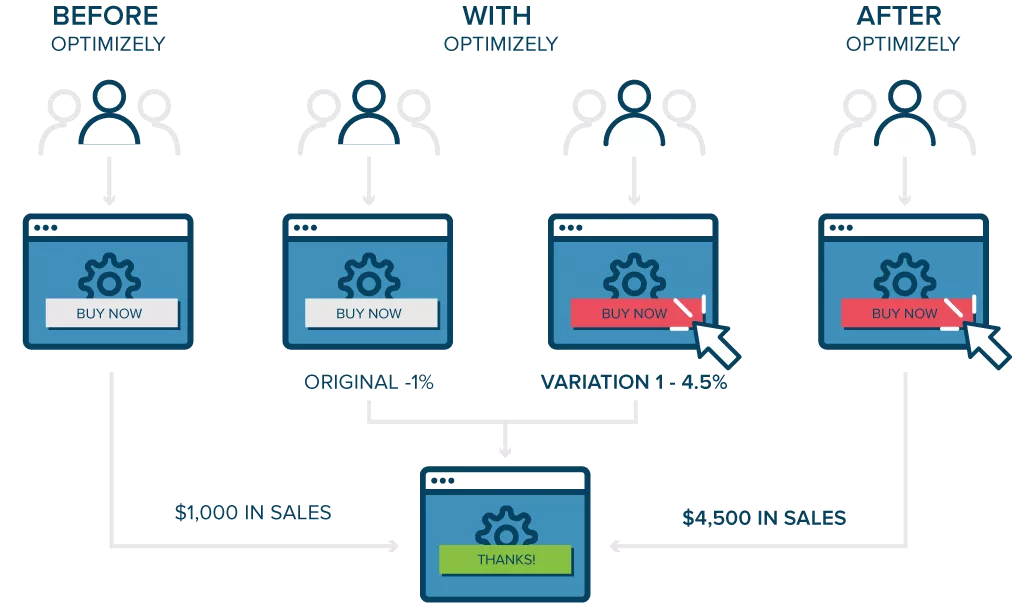
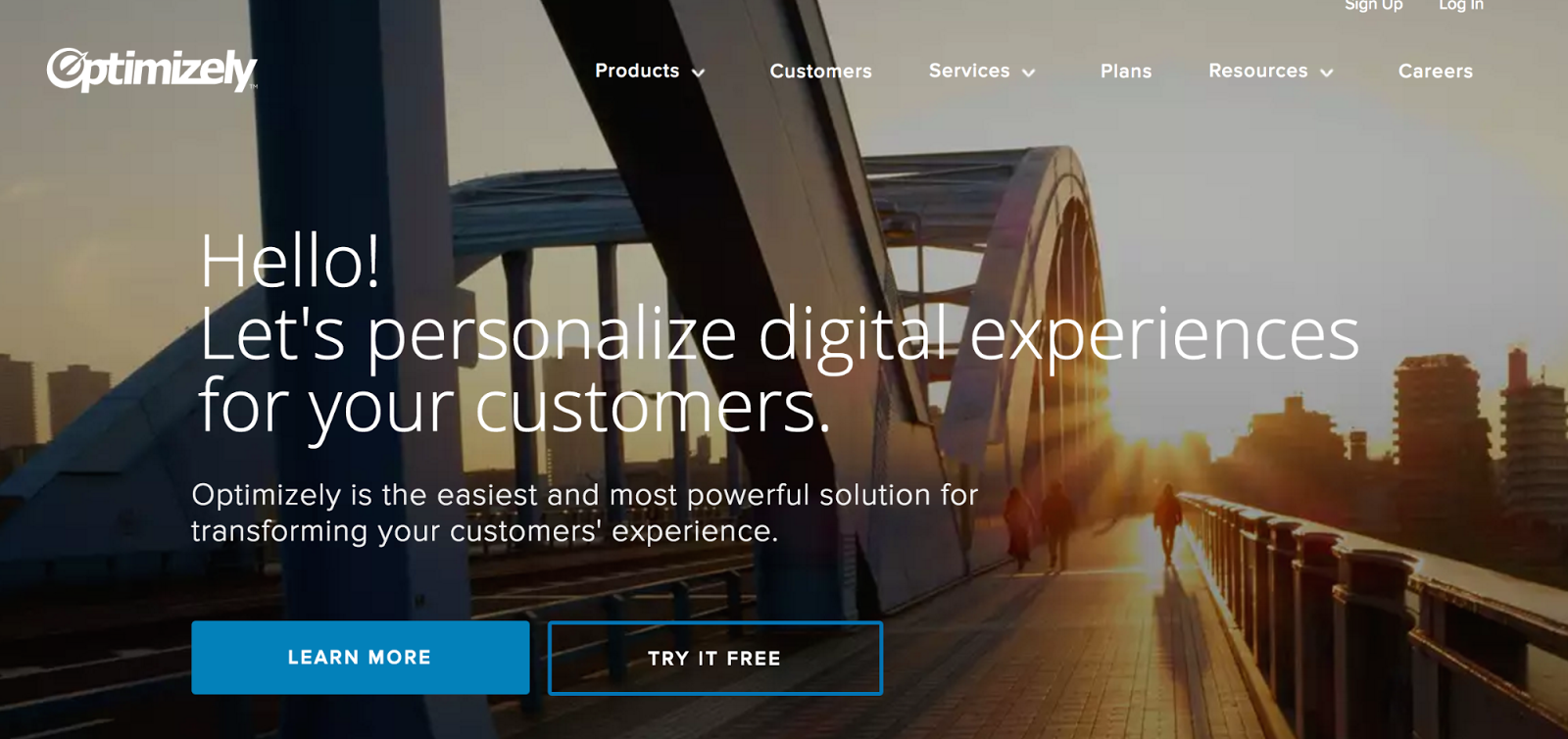

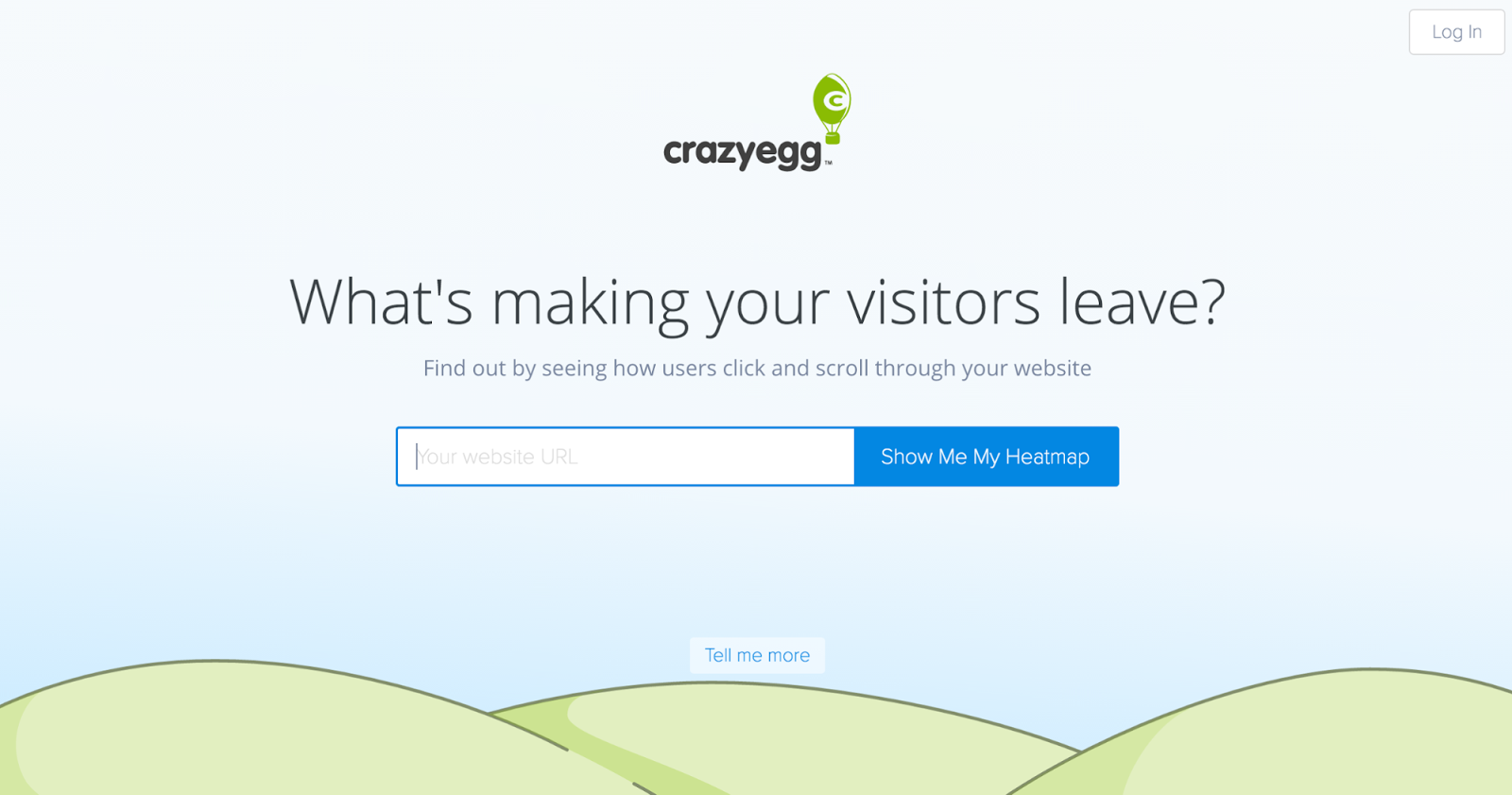
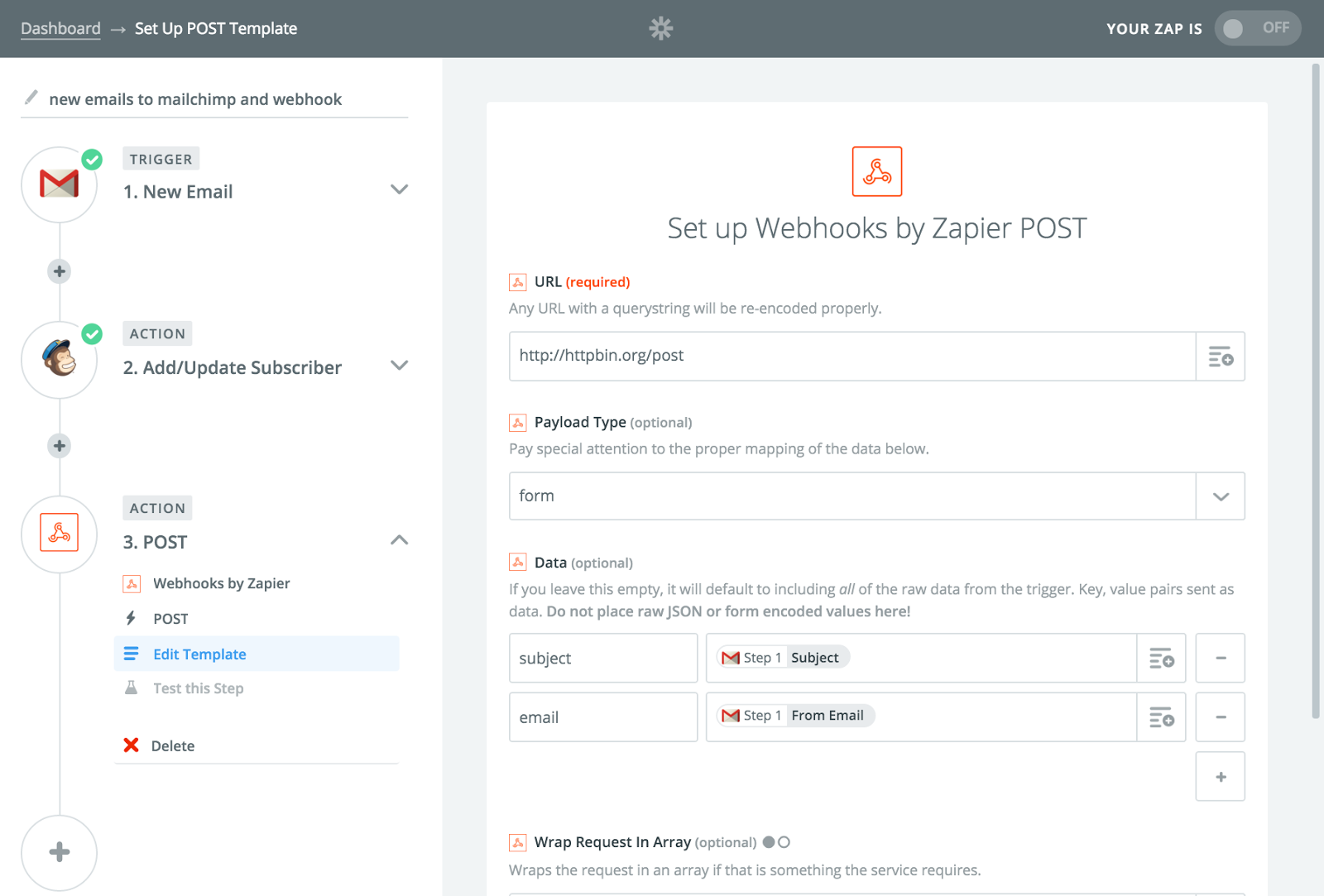
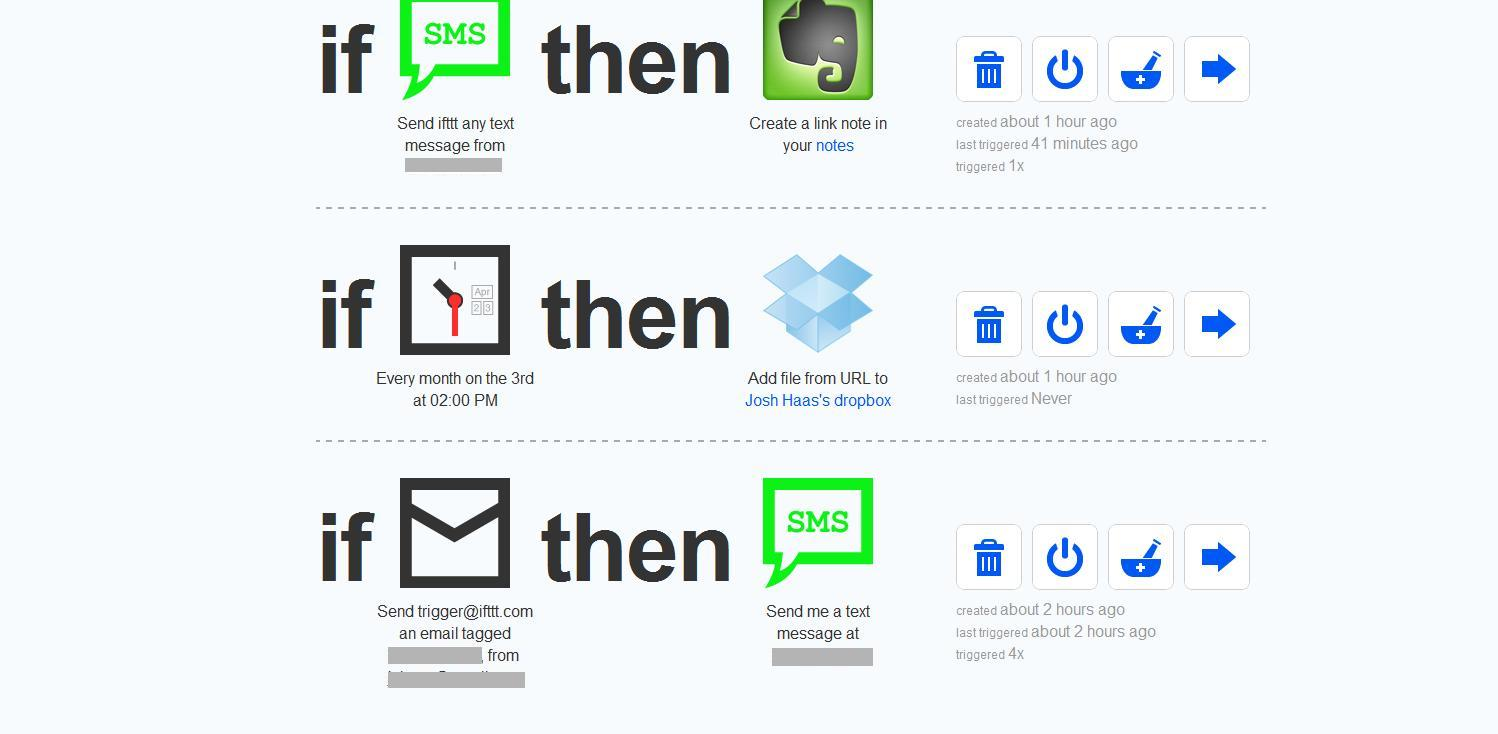

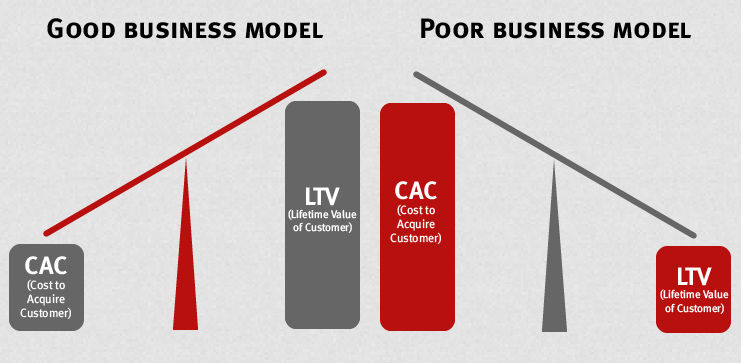
Comments (2)